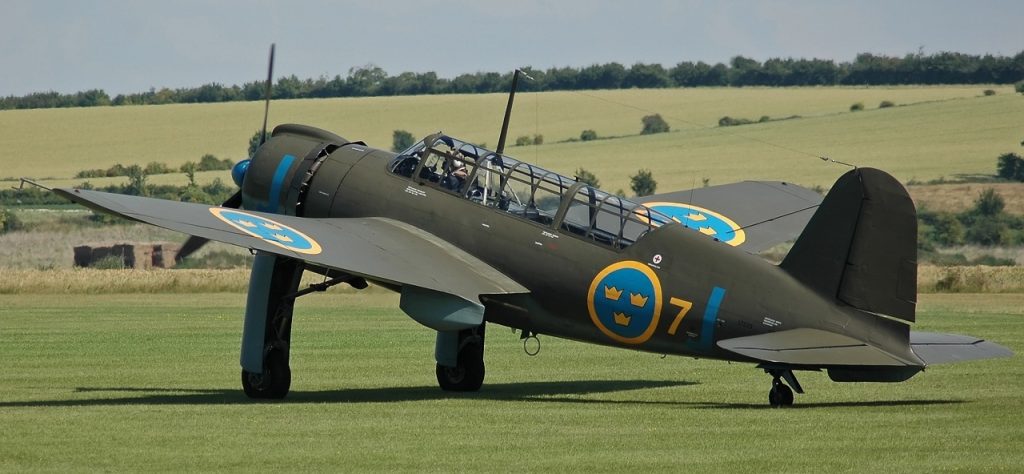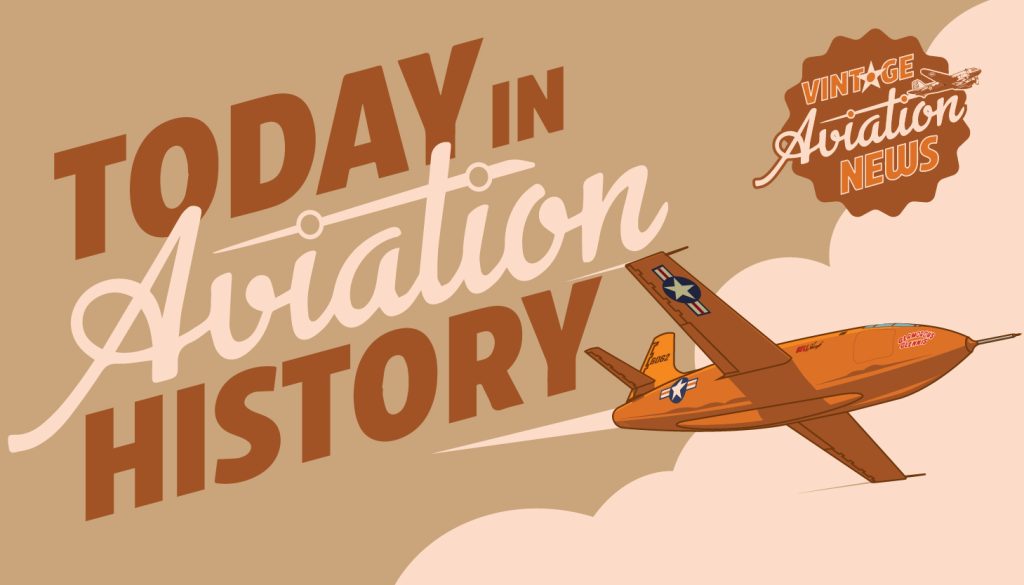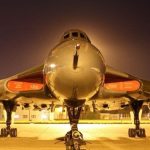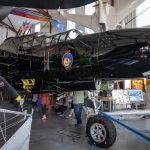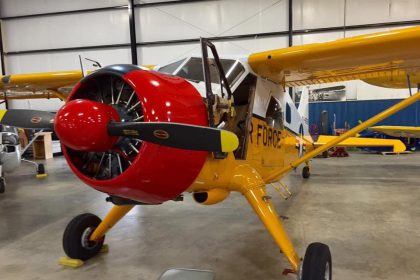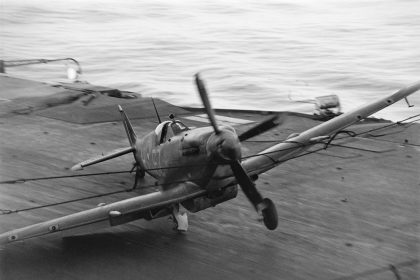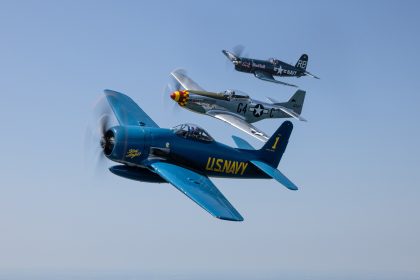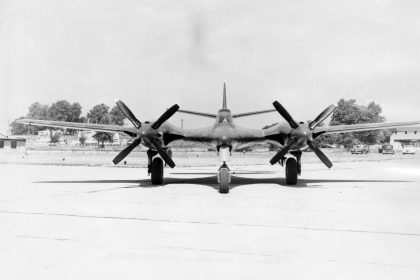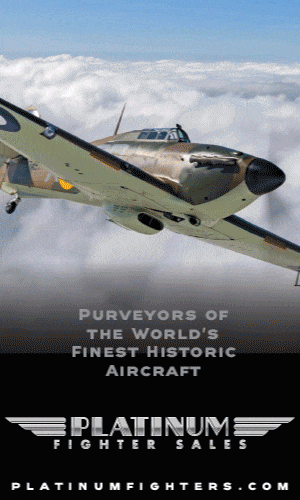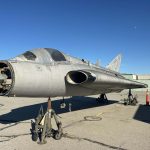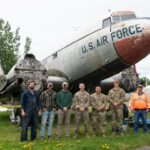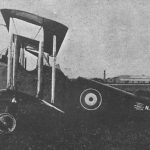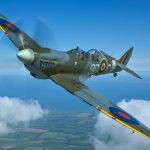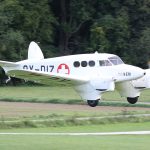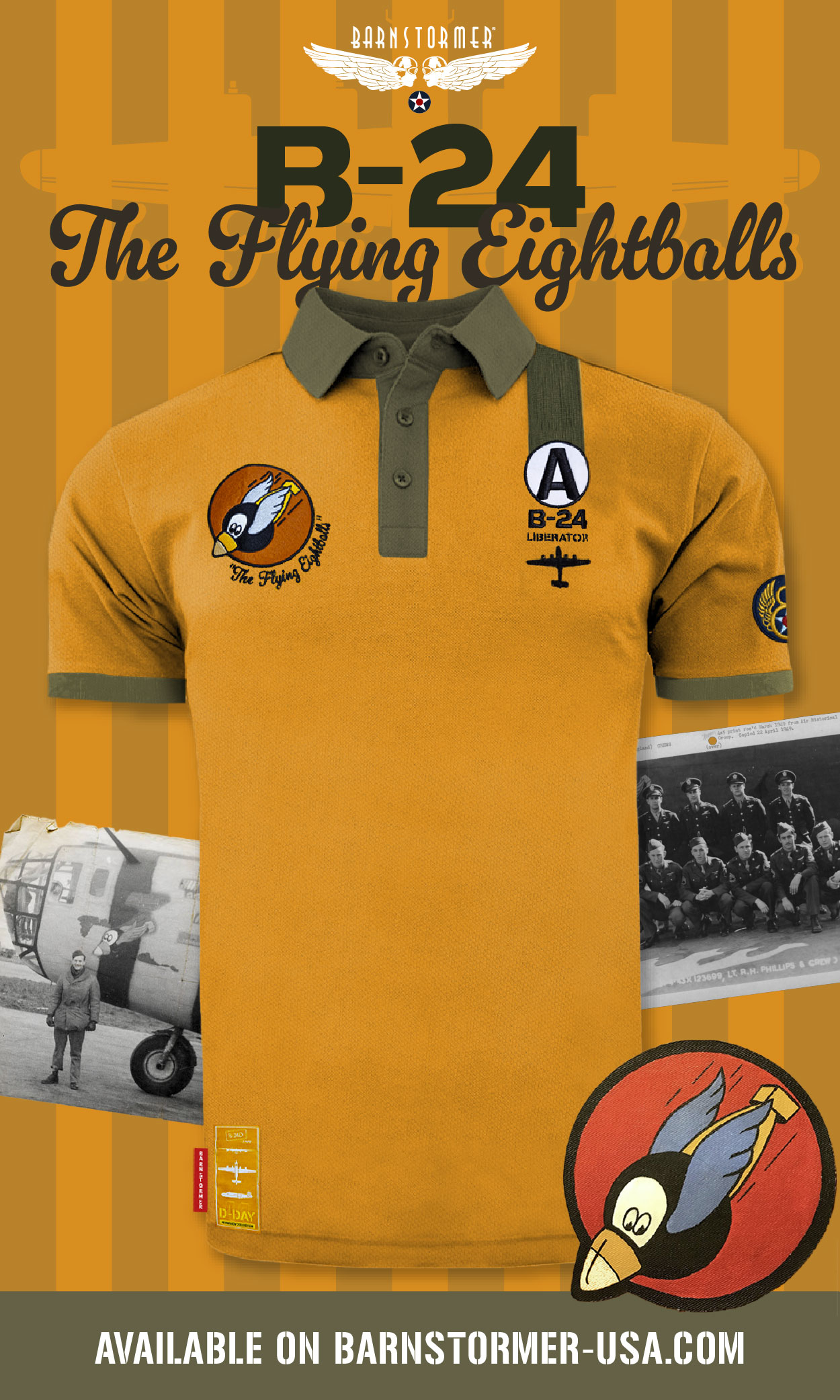On this day in aviation history, 85 years ago (May 18, 1940), the Saab 17 took to the skies for the first time. This single-engine aircraft served in both reconnaissance and dive-bomber roles and was Sweden’s first all-metal, stressed-skin aircraft design. It was produced in multiple variants, including the B 17 (bomber) and S 17 (reconnaissance), though it should not be confused with the American B-17 Flying Fortress of World War II.
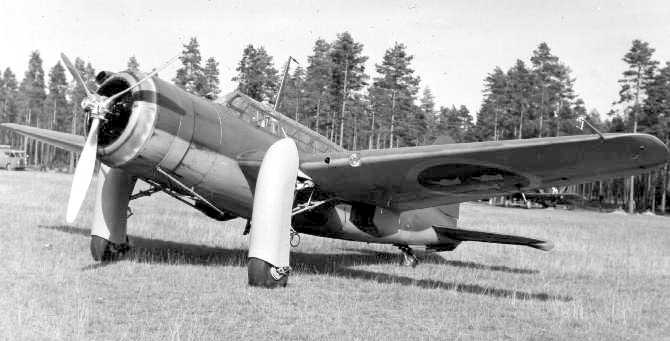
The Saab B 17C was developed to replace the aging Fokker S 6 sesquiplane in Swedish service. Following its maiden flight in 1940, deliveries of the production models began in 1942. Early in its service life, structural issues were discovered in the wings, necessitating modifications. Due to these concerns, the aircraft was restricted to shallow dive-bombing attacks. Despite its limitations, the Saab 17 played a small but significant role in the final phase of World War II. From late 1944 into 1945, Danish pilots of the Swedish-based “Danforce” flew Saab 17s in missions that supported the liberation of occupied Denmark.
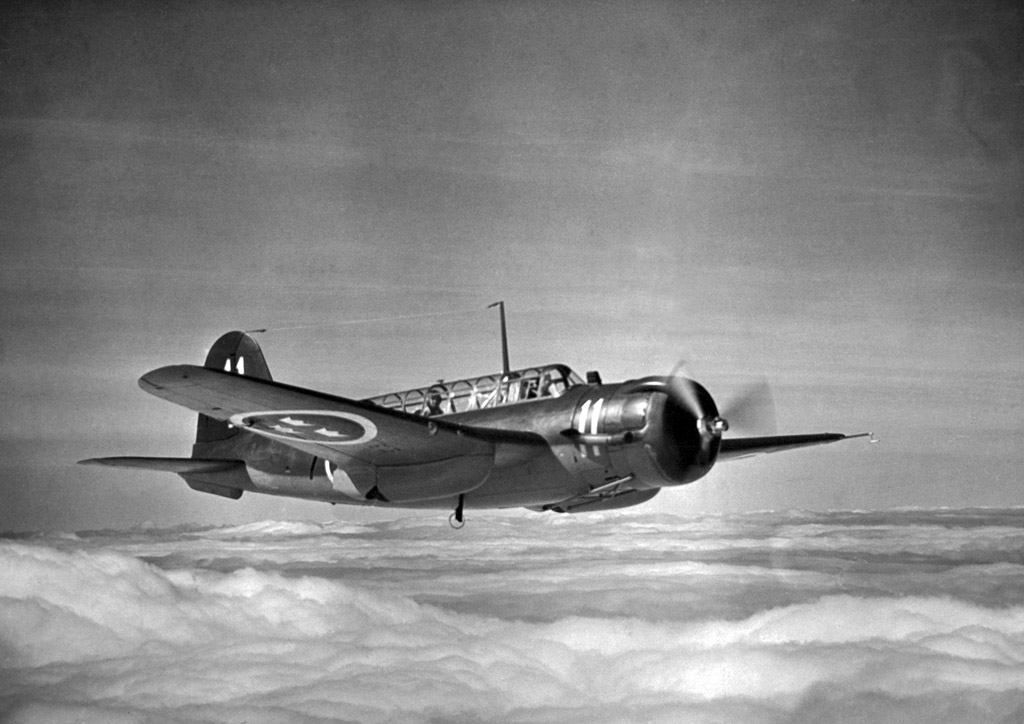
Powered by a Piaggio P.XIbis R.C.40D radial piston engine delivering 1,060 horsepower, the Saab 17 could reach speeds of up to 270 mph, with a range of 1,100 miles and a service ceiling of 32,200 feet. It was armed with two forward-firing 8 mm M1919 Browning AN/M2 machine guns and a rear-mounted flexible gun. The aircraft could carry up to 1,500 pounds of bombs on external wing racks or in its internal bomb bay.
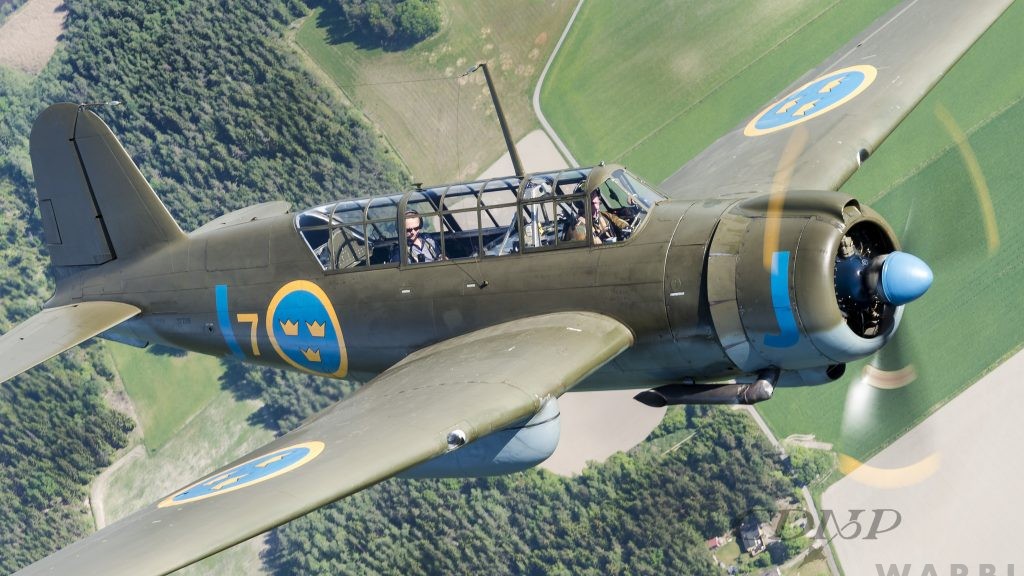
Though it saw limited combat use during World War II, the Saab 17 found a second life postwar as a target tug for the Swedish Air Force. A total of 326 were built, and today five airframes are known to survive. Of these, three are on public display. One example—B 17A ‘7’ (s/n 17239)—is maintained in airworthy condition by the Swedish Air Force Museum in Linköping. This rare survivor still occasionally takes flight, serving as a living tribute to Sweden’s wartime aviation heritage.
